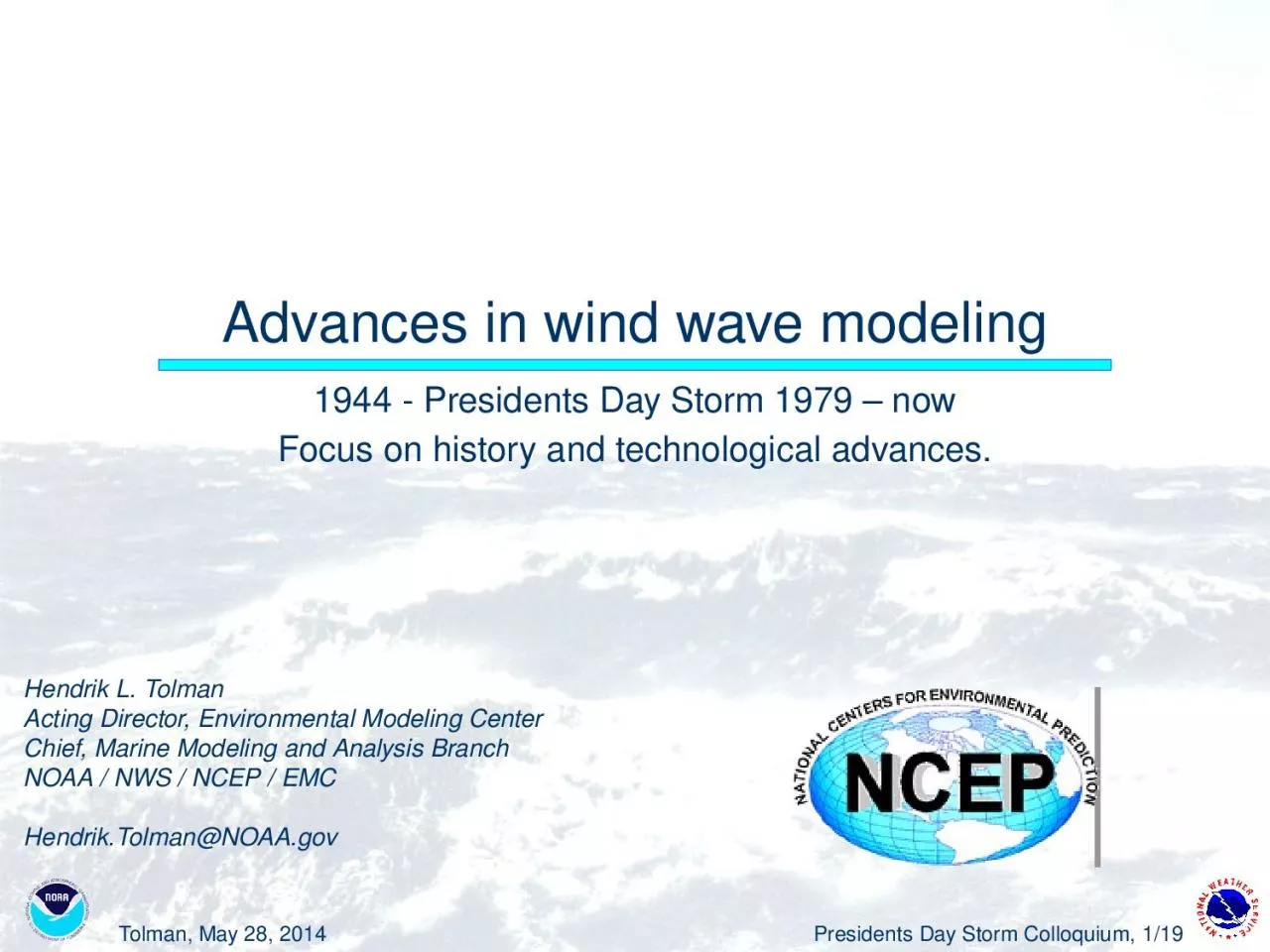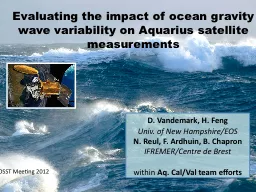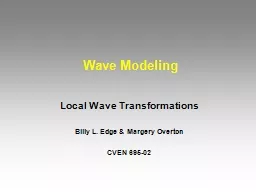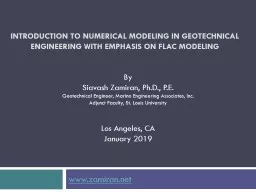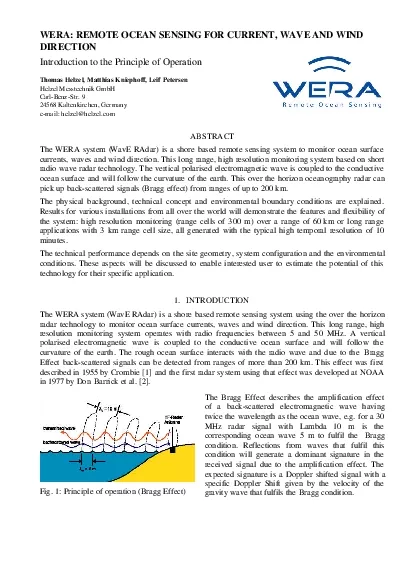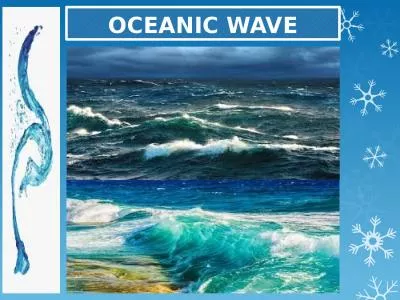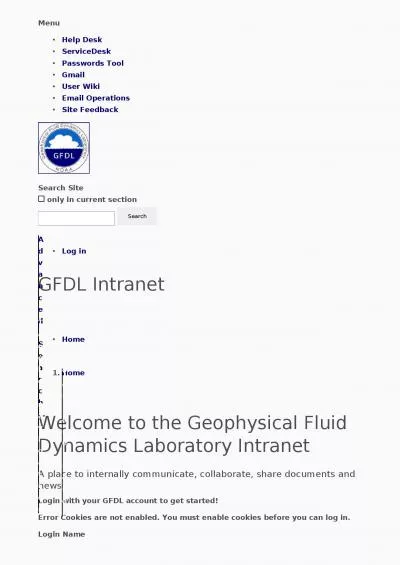PPT-Advances in wind wave modeling
Author : iris | Published Date : 2023-10-30
1944 Presidents Day Storm 1979 now Focus on history and technological advances Hendrik L Tolman Acting Director Environmental Modeling Center Chief Marine Modeling
Presentation Embed Code
Download Presentation
Download Presentation The PPT/PDF document "Advances in wind wave modeling" is the property of its rightful owner. Permission is granted to download and print the materials on this website for personal, non-commercial use only, and to display it on your personal computer provided you do not modify the materials and that you retain all copyright notices contained in the materials. By downloading content from our website, you accept the terms of this agreement.
Advances in wind wave modeling: Transcript
Download Rules Of Document
"Advances in wind wave modeling"The content belongs to its owner. You may download and print it for personal use, without modification, and keep all copyright notices. By downloading, you agree to these terms.
Related Documents

